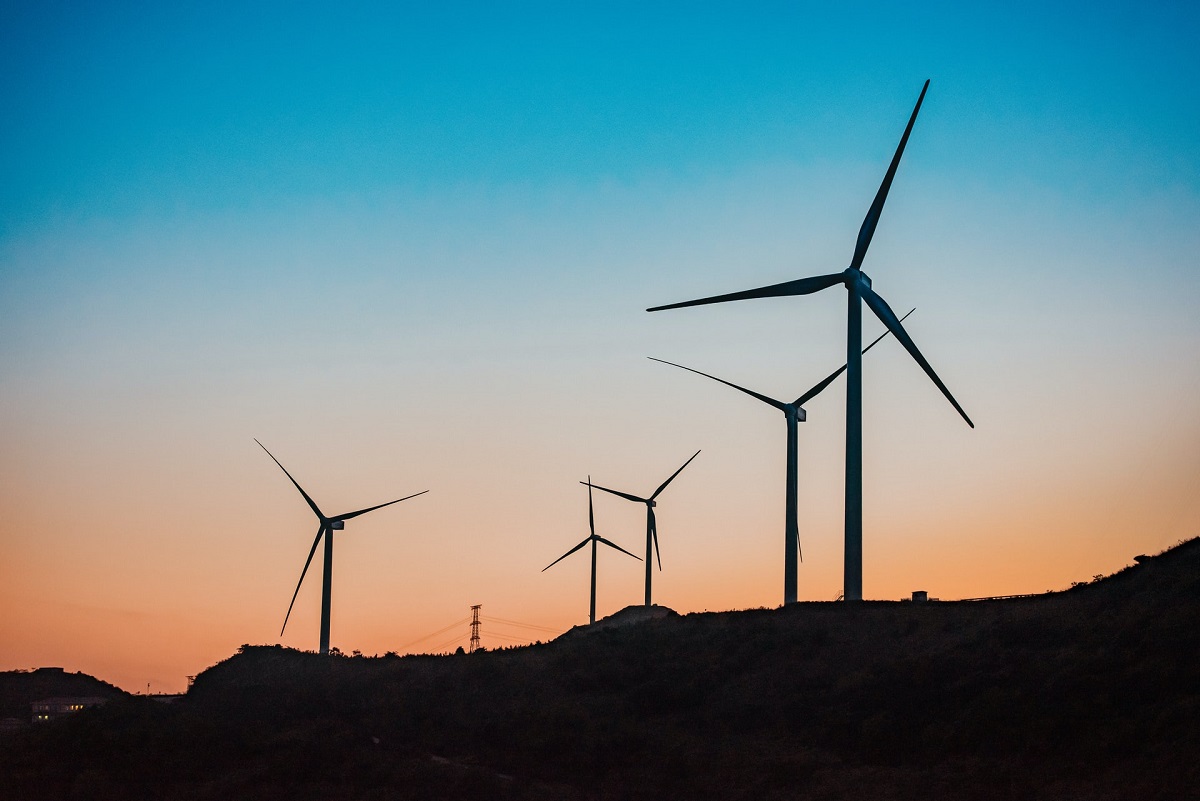According to advisorperspectives.com, the wind-turbine manufacturing business has been struck particularly hard by inflation and supply-chain issues.
Congestion-choked roads, soaring transportation expenses, and spiking raw material prices have thrown manufacturers like Vestas Wind Systems A/S off their game. Instead of raking in profits from the increasing demand for sustainable energy, the Danish company is trying to break even on its investments. Siemens Gamesa Renewable Energy S.A., a European competitor that is losing money, fired its chief executive officer last week, marking the company’s second change in leadership in less than two years. The renewables division of General Electric Co. is likewise losing money.
This is a concerning development for a sector that plays a critical role in the global effort to reduce carbon emissions. Investors may learn from this example how relying on apparently unambiguous “megatrends,” such as the expansion of renewable energy, can backfire in the near run. Oil stocks have outpaced clean technology by a wide margin in recent months, as oil prices have risen beyond $90 per barrel. Even highly consolidated businesses such as wind-power machinery, however, often fail to pass on growing input prices to their clients, as this example illustrates.
A year ago, the manufacturers of wind turbines were on a high. A torrent of cash poured into clean-tech equities, and investors didn’t have a lot of options when it came to wind-energy companies to choose from. Within China, the three largest businesses mentioned above control almost three-quarters of the onshore market. It’s no surprise that values have skyrocketed.
In spite of this, as profit warnings continued to mount up, money flows slowed and European wind stocks fell. Vestas’ stock has almost halved in value since its high point last year, while Siemens Gamesa’s stock has plummeted even farther. Hedge funds have sold short the shares of Nordex SE, a smaller German turbine manufacturer, believing that the stock would fall even more in value.
Approximately 80 percent of the bulk of a wind turbine is composed of steel, according to USGS. It’s not difficult to speculate about what happened to the bill of raw materials. Even with a recent decline, steel prices remain about twice as high as they were prior to the epidemic. Copper and resin costs have also seen significant increases.
Even more of a nuisance is the logistics aspect. In part because of the scale of these machines and the diversity of local regulations, the process of manufacturing wind turbines may be found all around the globe. According to Siemens Gamesa, delivery timeframes for certain components have grown from five to over 50 weeks, with others taking as long as a year. As a result of the additional costs associated with delays, as well as the potential for customer penalty clauses, the shipping and installation of turbines, blades, and towers are very expensive activities.

